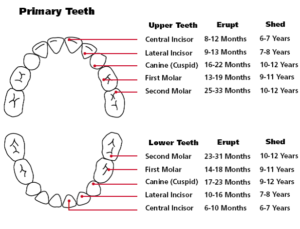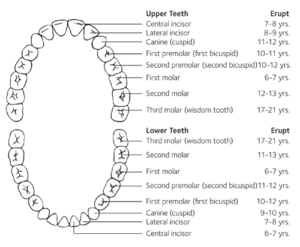Sleep troubles? How we can help with snoring.
Are you waking up every morning feeling more tired than the night before? Are you being kicked by your partner all night because of your snoring? Sleep doesn’t come easily to everyone.
Did you know dentists have special training to deal with OSA, Obstructive Sleep Apnea? Your dentist can recognize your risk factors for sleep apnea from the size of your jaw opening (too small) and size of your tongue (too large). Both of which can obstruct your airway. Together with your GP we can work towards your good night’s rest.
Sleep apnea doesn’t just make you feel tired, it also affects your oral health. OSA forces you to breath out of your mouth all night which can cause dry mouth which can lead to tooth decay, plaque build up, mouth sores, and periodontal disease.
How we can help you sleep:
When you come in for your next appointment with Dr. Ross, let us know about your sleeping problems. We will contact your GP and request that they send you for a sleep study. Together with your physician we will determine if oral appliance therapy is an appropriate course of action and you will be referred back to our office so we can make your appliance.
Oral appliances for Obstructive Sleep Apnea are a non-invasive way to prevent airway collapse in people with mild to moderate OSA. Many people find it more comfortable and convenient than a CPAP machine. While studies show 92% of patients wearing oral appliances found snoring to be either eliminated or significantly improved.
We want to help you feel rested and refreshed!
Call us today to book an appointment!


